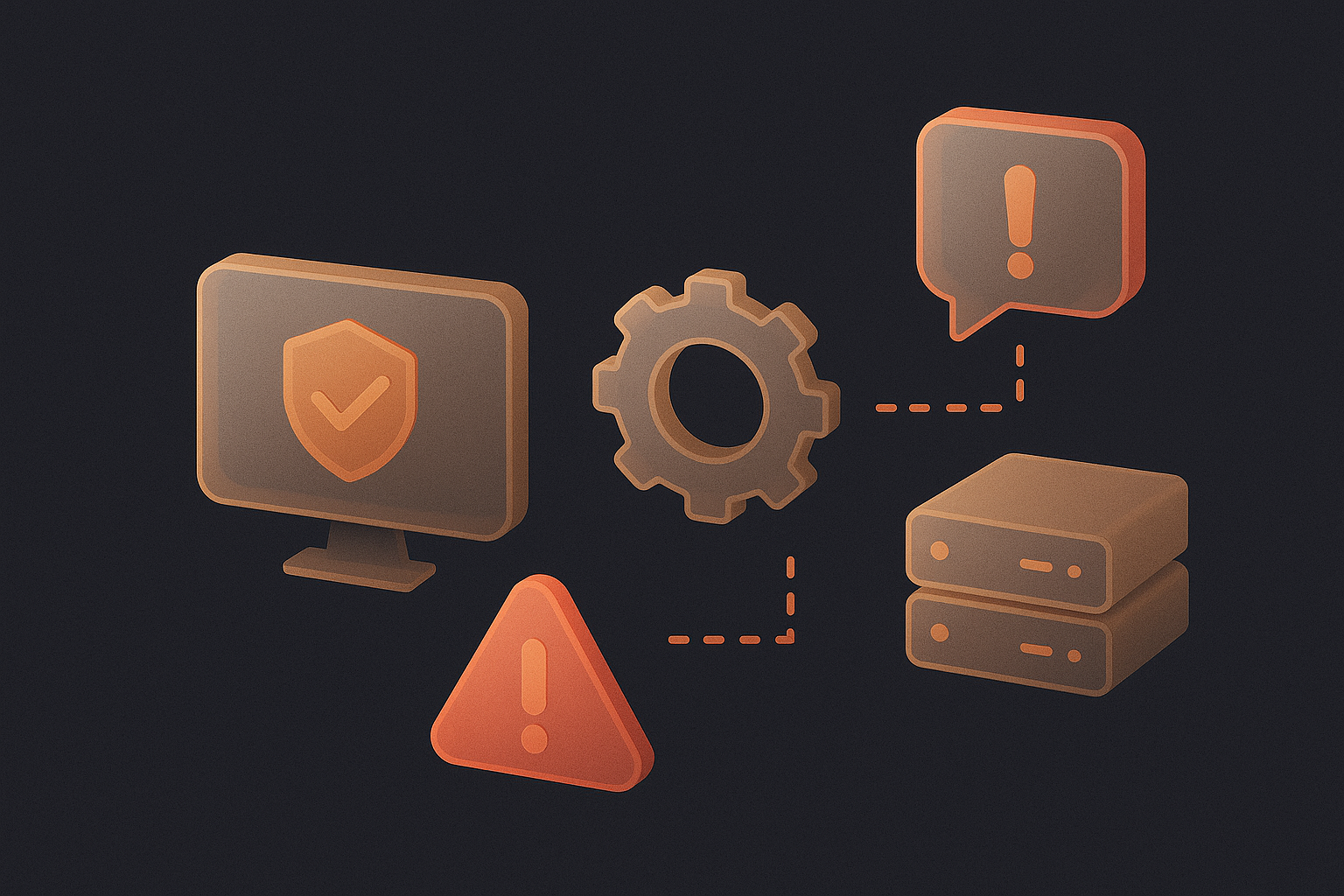When it comes to network security, the best case scenario is that an IT team identifies a threat, and immediately acts to mitigate damage caused by the threat, eliminate the threat from the network, and then close the point of attack to prevent future incidents.
This is how a proactive IT team works, and it’s the best approach for optimizing network security, minimizing system downtime, and reducing lost revenue.
Cyber security costs companies trillions of dollars worldwide each year in lost revenue from:
- Compromised intellectual property.
- Leaked company and employee data.
- Reputation damage.
- Security technology and service costs.
Unfortunately, many IT teams are still taking a reactive approach to network security. To help you understand how the reactive approach contributes to the massive amount of revenue lost to cyber attacks each year, here’s a side-by-side comparison of the two approaches:
If malware infiltrates a company’s network, it may take only minutes for the network to crash. When the network shuts down, a reactive IT team responds accordingly to the attack. The IT team will work quickly to restore the network. But for employees and customers who depend on this network, most of the damage is already done since the network outage interrupts their everyday activities. Each minute the network is down costs the company money in missed revenue generation opportunities, or interruption of service costs. Worst of all, there’s no guarantee the IT team can immediately address the outage and ensure it won’t happen again. This can significantly increase network downtime and leave the network vulnerable to further infiltration.
Now, let’s consider how a proactive IT team would respond to the same scenario. A proactive IT team deploys tools designed to preemptively track malware and other cyber threats by monitoring for abnormal network behavior that gives queues that an infiltration is going to happen, or is in progress. As soon as these tools identify the initial signs of a cyberattack, IT team members are notified. Then, team members can work together to stop a cyberattack before it spreads across a network, thereby preventing a network shutdown. Preventing an attack rather than repairing one can save a company many times the cost of the tracking and alert tools used by proactive IT teams.
A proactive IT team prioritizes communication and understands the importance of keeping team members informed through all stages of a critical incident. As such, a proactive IT team uses state-of-the-art incident management and alert monitoring tools to establish and maintain consistent communication.
Ultimately, an alert tracking system provides the capabilities that IT teams need to operate proactively. These capabilities include:
1. Real-Time Collaboration Capabilities
An alert tracking system empowers IT team members to stay in touch with one another across multiple communication platforms. The system drives real-time collaboration and ensures that IT team members can work together to resolve incidents in their early stages.
With real-time collaboration capabilities, IT team members can use an alert monitoring system to send and receive notifications via the collaboration tools that many companies already have in place, like Slack and HipChat. That way, IT team members can resolve incidents faster than ever before by getting the right people involved and enabling them to address issues in real-time, without the added cost or complication of an additional communications platform.
2. Automatic Escalations
An alert management system offers automatic escalations and sends messages to IT team members until an alert is assigned or closed. Custom escalations also can be set up for multiple IT teams within a business, and alerts can be automatically escalated to each team’s manager or manager group.
Additionally, alert tracking software provides workflows to automate systems integrations, such as callbacks to ticketing software or forward flows to open and close tickets. Workflows streamline the process of notifying key stakeholders based on events and reduce incident response times.
3. Alert Aggregation
Alert aggregation is paramount to limiting alert fatigue, a problem that often plagues IT teams. Alert fatigue occurs when an IT team is inundated with thousands of noncritical alerts each day. This typically causes IT team members to tune out notifications, and as a result, ignore critical incidents.
Alert monitoring software with alert aggregation capabilities enables IT teams to establish message rules and workflows. It gives teams the flexibility to send reminders to incident owners at regular intervals and trigger notifications to key stakeholders. By doing so, the system enables IT teams to change the control process needed to resolve a major incident without causing alert fatigue, so IT teams never ignore critical alerts.
4. Integrations
Integrations connect an IT team to monitoring systems, chat software, and service desk applications. They speed up IT incident response and keep key stakeholders informed until an incident is resolved.
Furthermore, no-code integrations are available that can be configured via open application programming interfaces (APIs). These integrations are easy to deploy—even for IT professionals with minimal programming expertise—and minimize upfront and cyber security overhead costs.
Shifting an IT team from reactive response to proactive operation requires hard work and patience. Deploying a best-in-class incident management and alert monitoring system kick starts the development of proactive operating procedures, and quickly builds a proactive IT team. The right alert monitoring system speeds up IT team incident management and response.
Investing in an incident management and alert monitoring system not only prevents revenue loss due to network downtime; it also helps companies get more value out of their investment in their IT teams.
Click here to learn more about proactive cyber security solutions and help your IT teams start working proactively.


